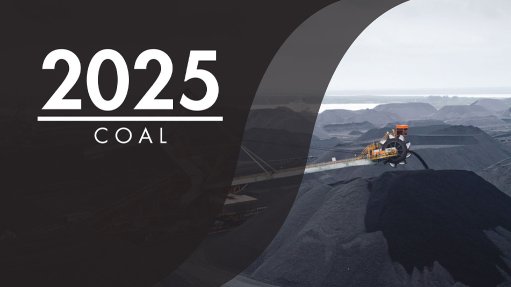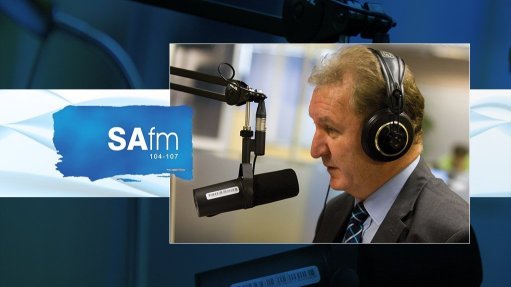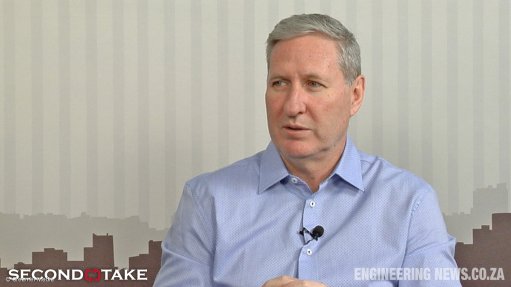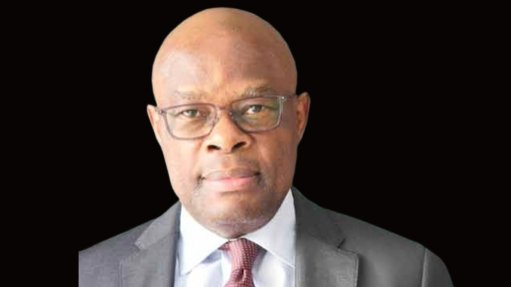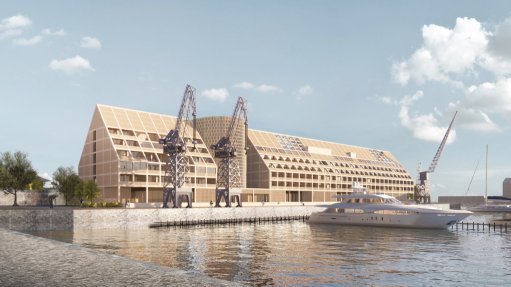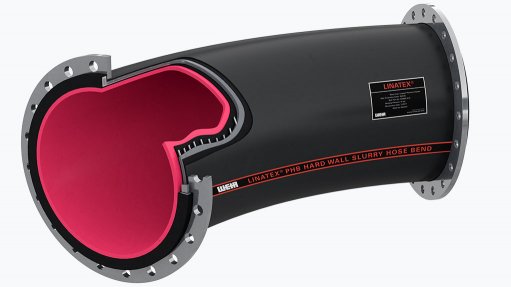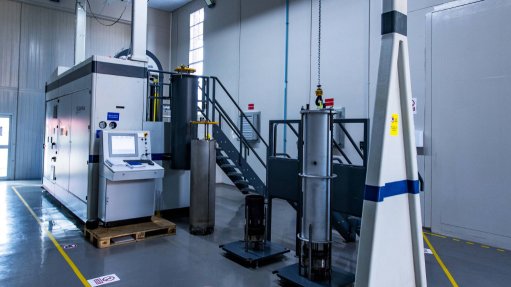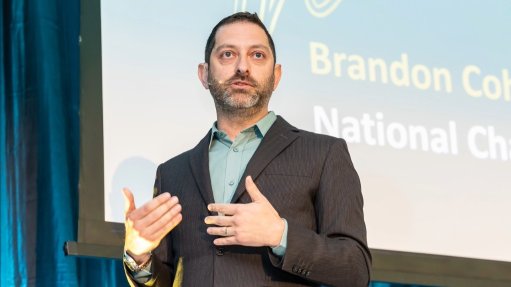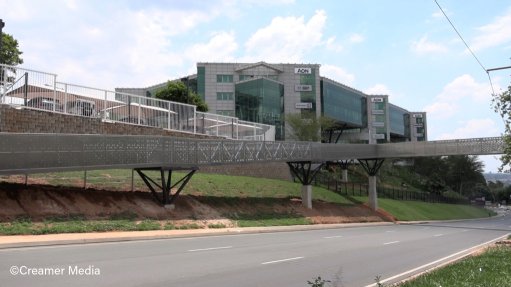Business must remain engaged as structural reforms need time to support growth – Mavuso
Structural reforms are laying the foundation for the high levels of growth that South Africa needs, last seen in 2008, but reforms take time to translate into measurable economic outcomes.
Business must remain engaged in this process by supporting government where reforms are working and pushing for urgency where progress lags, says business organisation Business Leadership South Africa CEO Busi Mavuso.
Growth last seen in 2008 will allow South Africa to reduce unemployment and provide people with the lives they strive for. The lag between implementation and impact of structural reforms can test the resolve of even committed stakeholders, she warns.
The success in reforming the country's electricity sector will only deliver GDP growth when firms are confident enough to invest and expand capacity. A stable power supply removes a constraint, but it takes time for businesses to assess the new landscape, secure financing and commit capital to long-term projects, she asserts.
Similarly, an efficient logistics system pays off when companies can efficiently supply new global markets and build the plant or expand capacity to do so, she states.
While the immediate benefits of reduced congestion at ports or improved rail availability are tangible, the transformative impact comes when manufacturers can ensure reliable delivery times to international customers, when mining companies can confidently sign long-term export contracts and when agricultural producers can get perishable goods to market without costly delays, Mavuso emphasises.
The end of loadshedding and improved capacity bring immediate and tangible benefits, but the real growth they enable happens when businesses are again able to confidently invest.
“Growth of 3% is the minimum required to start making a dent in unemployment, but, to get there, we need investment that leads to a sustained increase in economic capacity, namely the amount of goods and services we can produce as a country.
“We need boardrooms across the country to feel confident to take risks and put capital to work building factories, expanding mines and hiring new teams.
“We are agonisingly far from that. The last set of GDP figures showed gross fixed capital formation had fallen to levels not seen since 2020, and before that for many decades,” Mavuso notes.
Businesses will invest when the opportunities justify the risks. Rather than an investment strike, the lack of investment is an opportunity strike created by years of poor governance, which oversaw the destruction of public institutions and the business environment.
“We are still living with the consequences of State capture and mismanagement that hollowed out our institutions and undermined investor confidence. Had South Africa grown at the global average for emerging markets after 2009, the economy would be 37% bigger than it is currently,” Mavuso notes.
Further, the logistics system is moving closer to huge new investment flows, similar to the anticipated R400-billion of new investment in renewable energy into the electricity sector. The Department of Transport is contracting with 11 private sector rail companies for access to 41 Transnet rail routes.
The amount of investment this will lead to remains to be seen and will depend on how long the concessions are for and how much new rail infrastructure will be added. However, the new rolling stock will add up to tens of billions in new investment and port concessions will add more, she states.
The concession at the Durban container port and the concessions also in progress for the Port of Richards Bay, which will be a similar driver of investment, are not small projects and represent a fundamental restructuring of how critical infrastructure is managed and financed in South Africa.
Investment is also gradually being attracted into other infrastructure like bulk water and municipal service delivery as regulatory reforms are concluded and institutional capacity is created.
Water security is becoming as critical as energy security for many regions, and private sector participation will be essential to closing the infrastructure gap, Mavuso emphasises.
However, while these amount to significant investments, the exciting thing is the investment that gets triggered in the second round as the private sector responds to the opportunities that such infrastructure enables.
“When a mining company can reliably move product to port and invests in expanding production; when a manufacturer has a secure electricity supply and adds a second shift or builds a new production line; and when logistics costs decrease and marginal export opportunities become viable, this is how infrastructure investment multiplies through the economy, creating jobs and raising incomes far beyond the direct employment in infrastructure projects themselves.”
Meanwhile, ratings agency Moody's, during the week of October 13 to 19, said it was expecting GDP growth of 1.6% for South Africa next year, after growth of 1% this year. It pointed out that investment remains the key constraint to getting the economy to grow at a higher level.
Also during the same week, global finance organisation the International Monetary Fund revised its expected GDP growth forecast for South Africa for this year from 1% to 1.1% in its World Economic Outlook and for next year to 1.2%.
“These modest improvements underscore how far we remain from the growth trajectory we need,” Mavuso notes.
Article Enquiry
Email Article
Save Article
Feedback
To advertise email advertising@creamermedia.co.za or click here
Comments
Press Office
Announcements
What's On
Subscribe to improve your user experience...
Option 1 (equivalent of R125 a month):
Receive a weekly copy of Creamer Media's Engineering News & Mining Weekly magazine
(print copy for those in South Africa and e-magazine for those outside of South Africa)
Receive daily email newsletters
Access to full search results
Access archive of magazine back copies
Access to Projects in Progress
Access to ONE Research Report of your choice in PDF format
Option 2 (equivalent of R375 a month):
All benefits from Option 1
PLUS
Access to Creamer Media's Research Channel Africa for ALL Research Reports, in PDF format, on various industrial and mining sectors
including Electricity; Water; Energy Transition; Hydrogen; Roads, Rail and Ports; Coal; Gold; Platinum; Battery Metals; etc.
Already a subscriber?
Forgotten your password?
Receive weekly copy of Creamer Media's Engineering News & Mining Weekly magazine (print copy for those in South Africa and e-magazine for those outside of South Africa)
➕
Recieve daily email newsletters
➕
Access to full search results
➕
Access archive of magazine back copies
➕
Access to Projects in Progress
➕
Access to ONE Research Report of your choice in PDF format
RESEARCH CHANNEL AFRICA
R4500 (equivalent of R375 a month)
SUBSCRIBEAll benefits from Option 1
➕
Access to Creamer Media's Research Channel Africa for ALL Research Reports on various industrial and mining sectors, in PDF format, including on:
Electricity
➕
Water
➕
Energy Transition
➕
Hydrogen
➕
Roads, Rail and Ports
➕
Coal
➕
Gold
➕
Platinum
➕
Battery Metals
➕
etc.
Receive all benefits from Option 1 or Option 2 delivered to numerous people at your company
➕
Multiple User names and Passwords for simultaneous log-ins
➕
Intranet integration access to all in your organisation







